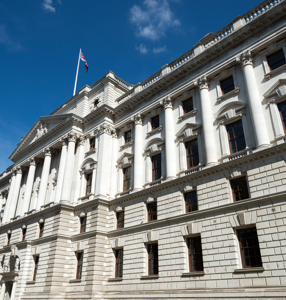The economic environment has shifted markedly over the last couple of years. Inflation in most advanced economies has soared to historic highs and, as a result, central banks have tightened monetary policy forcefully – principally through raising interest rates. In this note, we outline how rising rates feed through to activity, financial markets and ultimately to inflation.
It is clear from our analysis that the economic conditions within which changes in monetary policy occur have a profound bearing on its effectiveness – i.e. “state dependency”. The myriad of global shocks over the last couple of years – such as the COVID-19 pandemic, war in Ukraine and supply chain disruption – may have influenced just how long higher rates are taking to feed through to the economy. In the UK in particular, there is growing evidence to suggest that while the pass-through is happening as expected, it is taking longer.
This implies that the headwinds from higher interest rates may last for longer than in previous tightening cycles, and they could also take longer to bring inflation back to the Bank of England’s target.
Over the last couple of years, surging inflation has been at the heart of most advanced economies. In the UK, consumer price inflation rose to a peak of over 11% in October 2022, its highest in over forty years. While it has fallen back since (to 6.7% in August 2023), inflation remains historically high, and over triple the Bank of England’s 2% target.
A key mandate of central banks in most advanced economies is to preserve price stability, via targeting a certain rate of inflation. As a result, they responded in earnest to prices rising so strongly: in the UK, the Bank of England has raised interest rates fourteen times since December 2021, bringing them to 5.25% in August, and holding them there in September. This marks a decisive shift from the preceding decade, when interest rates had generally stayed close to the zero-lower bound (having been cut to this level at the height of the global financial crisis in 2009 – chart 1).
In this note, we outline exactly how rising interest rates feed through to economic activity, drawing on the Bank of England’s own assessment of this “transmission mechanism”. We also examine why this pass-through might not be working quite as planned this time around.










